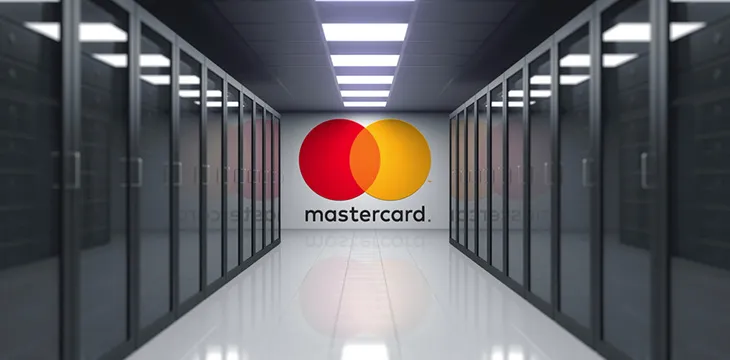|
Getting your Trinity Audio player ready...
|
Mastercard (NASDAQ: MA) will launch Crypto Secure, a software tool for banks to identify fraudulent activity associated with digital asset businesses. The software comes from blockchain forensics firm CipherTrace, which Mastercard acquired in September 2021.
The move comes as digital asset use becomes more mainstream and gains wider use outside enthusiast communities. Since the primary applications for digital asset technology are still trading and “DeFi,” digital asset companies are interfacing with the traditional finance industry more often. With that comes the sometimes-dubious activities of both digital asset service operators, and blockchain projects themselves. However, Crypto Secure will be concerned more with users’ transaction activity, rather than whether or not the blockchains themselves are compliant with regulations.
Mastercard said it had combined CipherTrace’s insights with its own “sophisticated AI” based systems for combating fraud in the fiat currency world. With over 7,000 digital asset services to monitor, the software will produce results flagging items at risk or requiring further attention. After that, it will be up to individual card-issuing entities to decide whether to continue doing business with them, or certain users.
The CipherTrace acquisition and launch of Crypto Secure show Mastercard is confident the digital asset sector will continue to grow in mainstream finance. This is despite a continuing bear market that has seen popular trading assets like BTC drop far from their 2020 all-time-highs, and lower even than the highs of the previous bull run.
“These are market cycles, they will come and they will go,” Mastercard president of cyber and intelligence business Ajay Bhalla told CNBC. The aim was for card issuers, banks, consumers, and merchants to have the same level of trust and security they would have in existing digital commerce transactions, he said.
Founded in 2015 and based in California, CipherTrace tracks activity on over 900 digital assets, some of which run on the same blockchain. According to its own description, it “develops cryptocurrency Anti-Money Laundering, forensics, and blockchain threat intelligence solutions.”
Its products include CipherTrace Traveler, Sentry, Inspector and Armada to handle a number of different risk analysis functions and use as investigative tools. Its main markets have been financial institutions and law enforcement agencies.
In early 2022, privacy advocates were reportedly concerned at the firm’s intention to use “honey pots” as a means of gathering information. CipherTrace did not elaborate on how it did this, but claimed it did not map its IP address data to individuals.
In September 2020, it also claimed to be the first company in the world with Monero (XMR) tracing capabilities. It took a year of research and a US$3.6 million grant from the U.S. Department of Homeland Security (DHS) to produce the Monero-tracing tool, which CipherTrace said could help identify XMR transactions associated with illicit activities.
This is significant since Monero was designed from the start as an untraceable “privacy coin,” which supposedly allows users to remain anonymous and transaction records to remain hidden from the public. This history has seen most registered trading entities drop support for XMR on their platforms.
Mastercard itself has shown enthusiastic support for blockchain and digital assets in recent years, after steering clear of such activities in blockchain’s early days. It has partnered with firms like Bakkt to offer banks the ability to buy, sell and hold digital assets.
The card giant has also reportedly played a part in steering blockchain development—particularly BTC. It led a funding round in 2015 for Barry Silbert’s Digital Currency Group, which in turn enabled the creation of Blockstream. Blockstream gained a stranglehold on BTC development by paying salaries to BTC Core protocol developers since the mid-2010s. It was around this time that Bitcoin’s “block size debate” turned into the 2017 divorce, keeping BTC limited to a few MB per transaction block rather than allowing it to scale into something useful.
These moves have seen blockchain and digital assets emerge not as a groundbreaking technology that could change economic models and the way the world verifies data, but as static assets very much like those already existing on the market. They remain the domain of traders and price speculators, with little use outside that sector.
Watch: BSV Global Blockchain Convention panel, Cybersecurity: A Safer World with Blockchain

 07-13-2025
07-13-2025 





